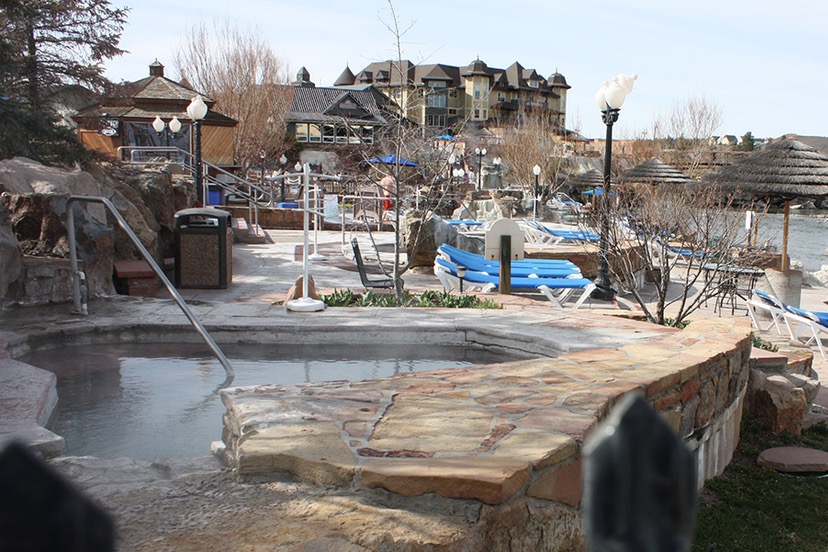San Juan Basin Public Health (SJBPH) will hold two stakeholder meetings in May to discuss possible changes to local swimming pool and mineral bath regulations. SJBPH invites swimming pool and mineral bath (spa) operators to attend one of the following discussion sessions:
Wednesday, May 17, 10-11:30 a.m., via Zoom
Wednesday, May 24, noon to 1:30 PM, at SJBPH, 281 Sawyer Drive, Durango
Pre-registration via Eventbrite is strongly encouraged.
Lunch will be provided for advance registrants on May 24.
SJBPH is reaching out to operators because the State of Colorado has updated its pools regulation for the first time in decades, giving local Boards of Health the option to adopt some or all of the 2018 Model Aquatic Health Code, found at https://www.cdc.gov/mahc/editions/index.html. This code was developed by the Centers for Disease Control and Prevention (CDC) and the aquatic facility industry. Without action by the Board of Health, facilities in La Plata and Archuleta counties will remain subject to the 1973 state regulations.
These 1973 regulations are out of alignment with modern best practices in the aquatics industry, and do not contain any standards for design or maintenance of many currently popular venue types, including splash pads and therapy pools. This inadequate regulation may place operators at increased risk of civil liability in event of an accident at their pool or spa.
SJBPH is seeking input on whether adopting the 2018 model code, or portions thereof, would impact operators’ current practices around risk management, facility maintenance, training, staffing, and record-keeping, as well as if the new code would interfere with current facility expansion plans. It is SJBPH’s goal to prevent public injuries and illnesses with minimal impact to operators by focusing on high-risk facilities and high-impact activities that protect public health and to support operators making choices that safeguard their patrons, staff, and businesses.
The practices of the pools industry, supported by the public health system, can prevent serious health consequences:
Drowning: More children ages 1–4 die from drowning than any other cause of death. For children ages 5–14, drowning is the second leading cause of unintentional injury death after motor vehicle crashes.
Pool chemical injuries: Pool chemical injuries account for about 4,500 emergency department visits each year. At least one third of the patients are less than 18 years old.
Disease outbreaks linked to swimming: Over 200 disease outbreaks linked to pools, hot tubs, and splash pads occurred during 2015–2019. The leading cause of these outbreaks was Cryptosporidium. This parasite is very chlorine tolerant and can cause outbreaks that individually make hundreds or thousands sick.
SJBPH invites pool or spa operators to attend one of the discussion sessions and to register questions and concerns as SJBPH prepares a plan for the Board of Health.
Additional stakeholder meetings will be held after SJBPH incorporates operator feedback provided in May.
For more information, or to submit a question, please email eh@sjbpublichealth.org.

